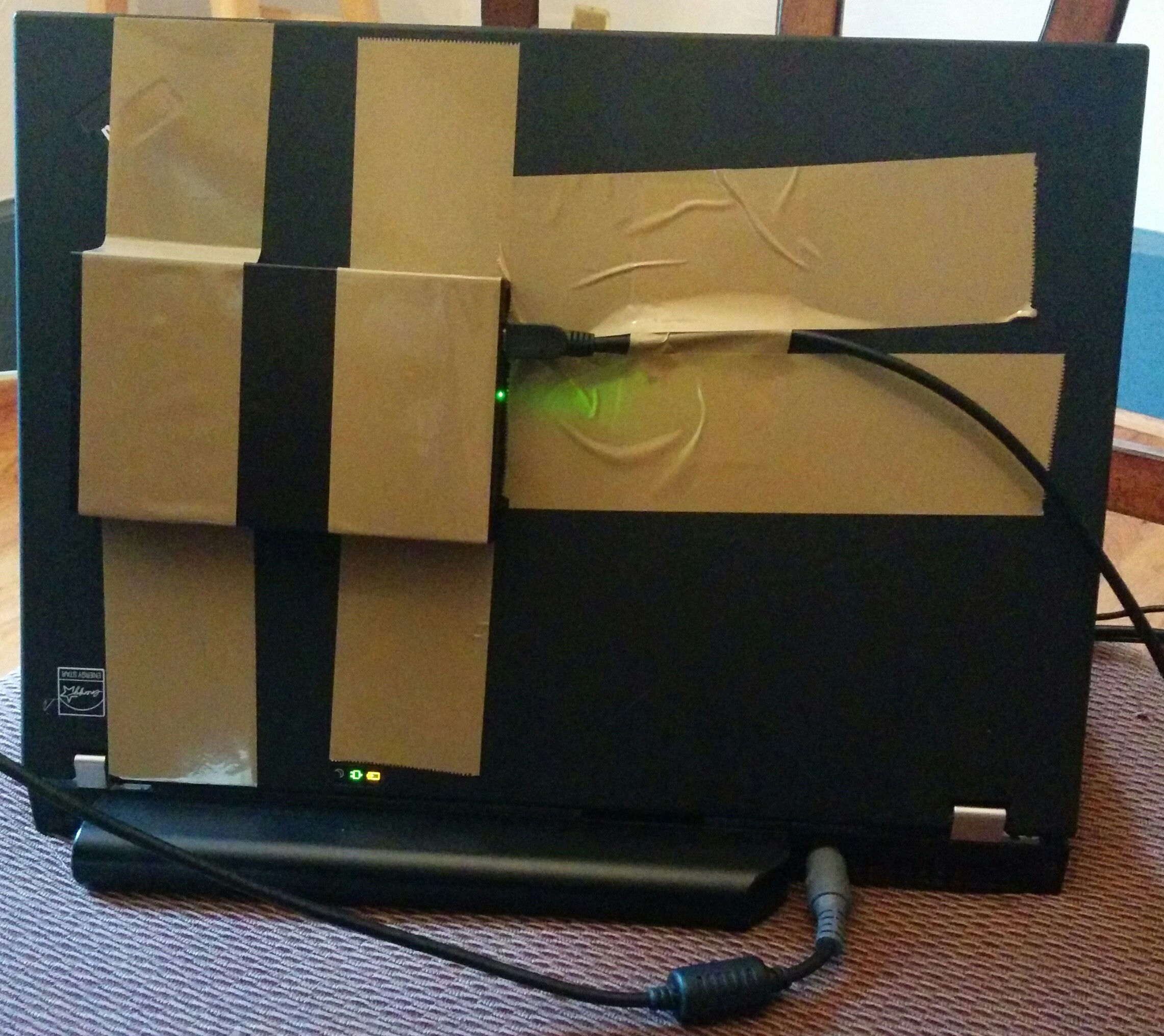

- #Stunnel log file windows how to
- #Stunnel log file windows install
- #Stunnel log file windows update
- #Stunnel log file windows download
It seems most applications and devices support SMTP authentication, the part they typically don’t support is TLS. The one thing to keep in mind with sending via SMTP is you still have to authenticate if you want to use the Microsoft Online servers. When Outlook connects, stunnel establishes the connection with Microsoft Online over the encrypted channel. So Outlook is configured to connect to POP3 on localhost on port 110 and port 25 is used to send mail. You’ll see that in this example we are configuring Outlook to connect via POP3. The final step is to test your application. (Note that in this case it’s listening on all IP addresses, not just 127.0.0.1) What you should see is the service listening on port 25 and 110 as shown below. To verify that stunnel is running, open a command prompt and run: Step 3 – Verify the stunnel is listening for connections That would look like:Īfter the file has been modified, replace the existing nf in the Program Files\stunnel directory with the new one.įinally start the stunnel service. You can remove the 127.0.0.1 portion of the address to have the service listen on all IP Addresses. This is only useful if the application that needs to connect to Microsoft Online resides on the system that stunnel is running on.

#Stunnel log file windows update
If you are in a different datacenter, update to the appropriate values.
#Stunnel log file windows download
You can download a configuration file that has been preconfigured for use with Microsoft Online here. Step 2 – Configure the stunnel configuration file To do that, go to Start->All Programs->stunnel->Service Install. You can download the stunnel Windows binaries from Īfter downloading and installing the exe, you will likely want to configure it to run as a service.

Getting stunnel up and running is pretty straight forward.
#Stunnel log file windows how to
Continue reading for details on how to configure and use stunnel.

#Stunnel log file windows install
You can install stunnel on a server or workstation in your environment and configure your devices which don’t support TLS or POP3 over SSL to connect through that server to the Microsoft Online Services. This allows you to configure your applications to connect without using SSL to the stunnel service, and then stunnel builds an encrypted tunnel to the Microsoft Online POP3 or SMTP services. Stunnel listens for non-SSL connections and converts them to SSL or TLS connections. The secret is a free application called stunnel. After doing a bit of research we think we’ve found a good way to get these applications to connect without SSL and on the standard POP3 or SMTP ports! Examples include not being able to connect on a non-standard port, or not having the ability to connect over TLS or SSL. In some cases these applications or devices don’t support the requirements for connecting to Microsoft Online. A common problem that we run across while doing migrations is legacy applications or devices which use SMTP to send mail or POP3 to retrieve mail.


 0 kommentar(er)
0 kommentar(er)
